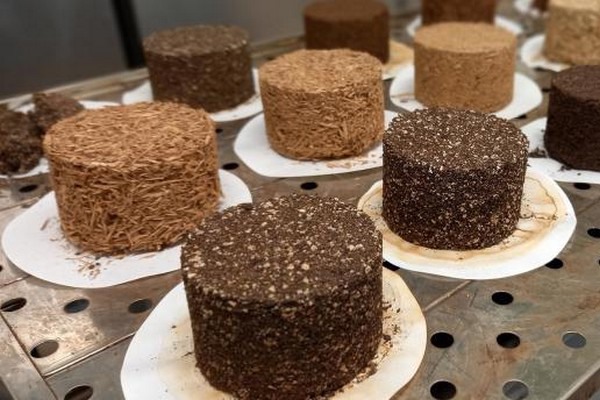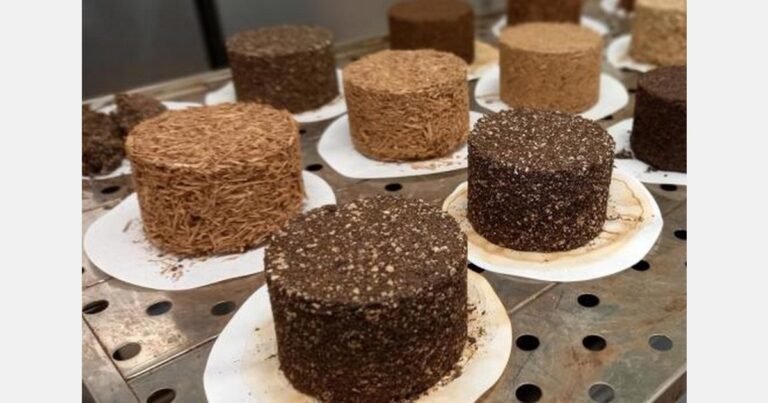Recent advances in substrates and potting soils have increased the need to understand the physical properties of peat-reduced mixes, which is why Eurofins is expanding its physical laboratory capabilities.
Manufacturers and growers are now experimenting extensively with new potting mixes that include a variety of renewable raw materials, such as coconut fiber, wood fiber, green compost, bark, fibers (such as miscanthus and flax), and peat moss.

Cultivation challenges
The use of these renewable raw materials brings some challenges to cultivation: the pH is often high and the pH buffers of these raw materials are lower than those of peat, in addition, nitrogen deficiencies can occur due to nitrogen fixation, and trace elements such as manganese can be unexpectedly high.
In addition, many of the new raw materials have different physical properties due to their larger pores. On the one hand, this is favorable for oxygen around the roots, but on the other hand, it often means that water retention is significantly reduced. To optimize the cultivation, it is important for the grower to know these properties. Only then can he optimize the mixture and adjust the irrigation to the crop’s needs.
Expanded Laboratory
In particular, carrying out extensive physical tests to establish different pressure levels requires several days of research and analysis, and the use of multiple pieces of equipment. To meet growing demand and continue to serve growers at the speed expected from Eurofins, the laboratory is currently investing in expanding its capacity, which is expected to be operational during August.
For more information:
Eurofins
https://www.eurofins-horti.com/en


